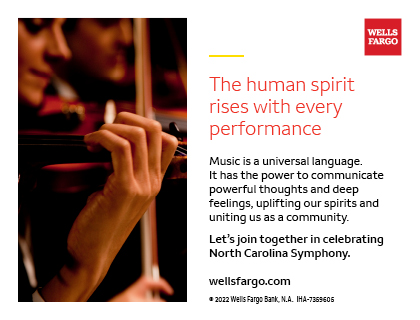Piano Concerto No. 2 in A
Franz Liszt (1811-1886)
THE STORY
Hungarian Franz Liszt was one of the first stars of the classical music world. He was able to execute feats on the keyboard that had previously never been attempted. Accounts of his performances as a pianist are reminiscent of a modern-day pop star, with crowds of adoring fans mobbing the stage and screaming his name. The revolutionary nature of his performances also drew on his physicality as a performer, with facial expressions, intense gyrations, and dramatic poses—spellbinding to some but repulsive to others.
As a composer, Liszt strove to establish himself as a true artist rather than the empty poser that his harshest critics deemed him to be. He saw himself as following in the lineage of Beethoven, throwing off the shackles of old forms and idioms to create music that told stories, expressed emotions, and reached new heights of virtuosic difficulty.
Liszt began writing the Second Piano Concerto in his 20s, while touring throughout Europe. He called it his “symphonic concerto,” and he would continue to revise the piece for the next two decades. This lengthy gestation period is understandable, since the work reimagines the concerto form: the soloist is integrated into the orchestra rather than standing above it, and the concerto traverses multiple musical terrains in a single movement.
LISTEN FOR
- The seven-note romantic theme introduced by clarinets at the beginning of the work, which is developed throughout
- The cadenzas, the sections when the orchestra drops out and the piano plays alone—giving the soloist opportunities to showcase virtuosity and improvisatory skill
- The solo cello, which is accompanied by the piano soloist in a return of the gorgeous melody from the beginning—one of the most transcendent moments of the work
INSTRUMENTATION
Solo piano; piccolo, three flutes, two oboes, two clarinets, two bassoons, two horns, two trumpets, three trombones, tuba, timpani, percussion, strings

